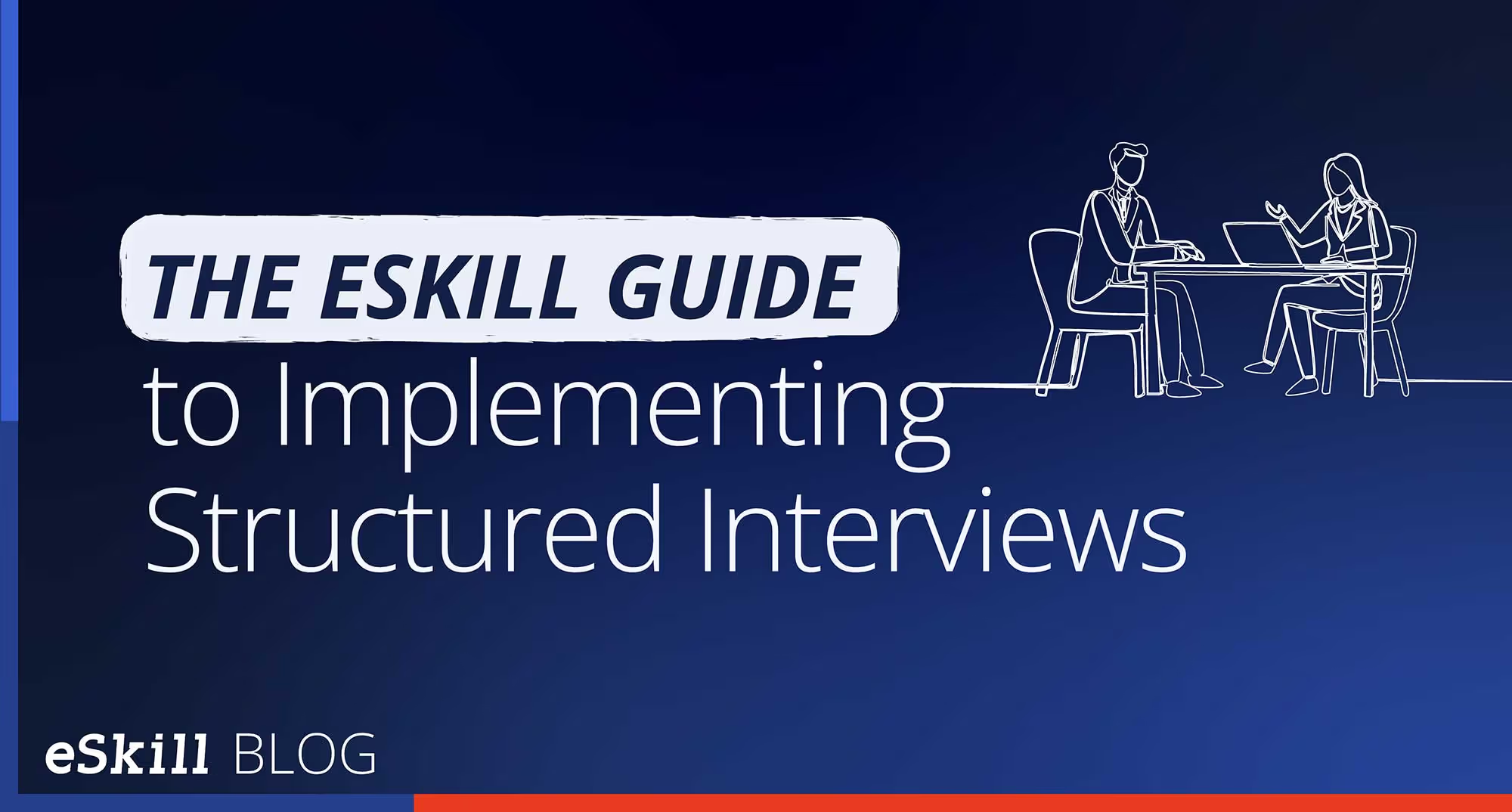If you pick up a newspaper, listen to any news show, or scan the internet, you will likely come across something about immigration to USA. Some hopeful immigrants strive to enter legally by conforming to regulations about appropriate visas. Others who may not have resources like time or money try to find illegal entry. Human resources must cope with the laws, regulations, paperwork, and lawsuits that result from both processes.
History of immigration to the USA
Understandably, immigration law has a long and varied history. Since 1842, the government has implemented exclusions of certain “undesirable” groups (as we see expressed with Syrians today). Between 1885 and 1924, the list of exclusions grew larger and included people with physical or mental defects and certain nationalities such as the Japanese. In 1924, the U.S. established a quota system for the number of people entering.
The Immigration and Nationality Act was passed in 1952, combining previous laws into one statute. This law was revised multiple times, culminating in the 1986 Immigration Reform and Control Act (IRCA). This IRCA law was first revised in 1990 by the Immigration Act of 1990 and again in 1996 by the Illegal Immigration Reform and Immigrant Responsibility Act. These laws adopted stronger penalties for illegal immigration and included provisions to prevent terrorists from using existing laws to enter the country.
Current immigration
Today, a visa system allows people come to the U.S. to seek employment. There 11 types of temporary visas that allow individuals from other nations to work here. The primary visa is the H-1B, which permits someone with a special skill to work in a specialty occupation. Only a certain quota is allotted each year. In addition, several types of temporary visas allow the entrance of some agricultural workers, intracompany transfers, artists, entertainers, sports figures, and workers covered by trade agreements. According to the State Department website, “temporary worker visas are for persons who want to enter the United States for employment lasting a fixed period of time, and are not considered permanent or indefinite. Each of these visas requires the prospective employer to first file a petition with U.S. Citizenship and Immigration Services (USCIS). An approved petition is required to apply for a work visa.”
Earlier in 2018, President Trump signed an executive order restricting access to H-1B visas. This move on the part of the administration was done in order to support Trump’s Buy American, Hire American initiative.
The changes to the H-1B visa include revoking the right of the visa holder’s spouses ability to work in the United States. This move could put approximately 100,000 people out of work. It also directly affects the ability of companies to attract talented workers to the United States.
The Green Card
The “Green Card” is actually the United States Permanent Resident Card. This card serves as proof that its holder, a lawful permanent resident (LPR), has been officially granted immigration benefits, which include permission to reside and take employment in the United States. The holder must maintain permanent resident status and can be removed from the United States if certain conditions of this status are not met. Permanent residents 18 years of age or older must carry their actual green card at all times.
Form I-9: HR in immigration
Under the Immigration Reform and Control Act, every worker hired after 1986 must demonstrate that they have the legal right to work in the United States by providing relevant documentation. Acceptable documents are listed on the I-9. This list has changed over the years, and the current form can be found here.
Very specific rules must be followed with this form. These include the following requirements:
- The employee must complete Section 1 of the form no later than the end of his or her first day of employment, but not before accepting the job offer.
- The employer CANNOT specify what documents they want to see.
- If the employee presents an unexpired document from List A of documents, it is sufficient to prove his or her status.
- If the employee does not present a list A document, he or she must then present two documents, one from List B and one from List C.
- The employer must complete ALL lines on the remainder of the form. The employer can be fined up to $1,000 per form.
- The form must be signed by the person actually seeing the documents provided; otherwise, an act of perjury has been committed.
- If the employee does not provide the needed documents by the end of his or her third day of employment, the employer is required by law to terminate the employment.
- Forms must be kept on file for at least three years or for at least one year after the employee’s date of termination (whichever is longer).
- Some states or government contracts require employers to use the E-Verify system to validate documents and the candidate’s right to work.
This is a law that has teeth, as failure to follow these rules carries significant fines and penalties.
Compliance is vital
In the current climate of debate about the effects of illegal immigration to USA, proper handling of the I-9 process and wariness of hiring poorly documented workers are extremely important. HR professionals must also be aware of the changing landscape of immigration. For example, the U.S. Citizenship and Immigration Services (USCIS), part of the Department of Homeland Security, often revises the I-9 form. Regularly referring to the USCIS website here will help HR professionals stay abreast of developments.
Now that you are up to date with laws and regulations, how can you hire the best of the immigrants? Have you considered skill assessments as the right tool for recruitment?

Get ademo.






